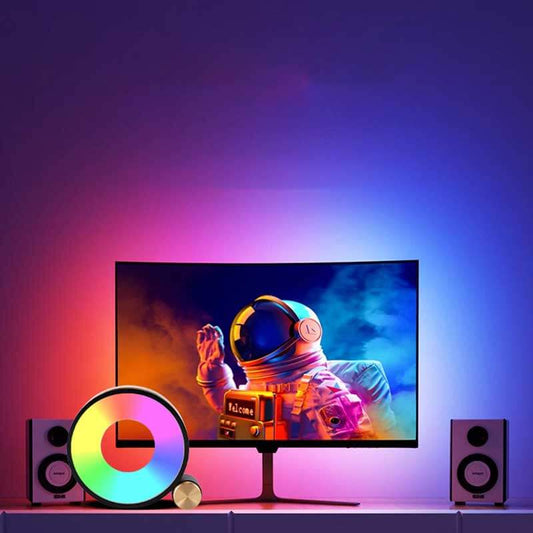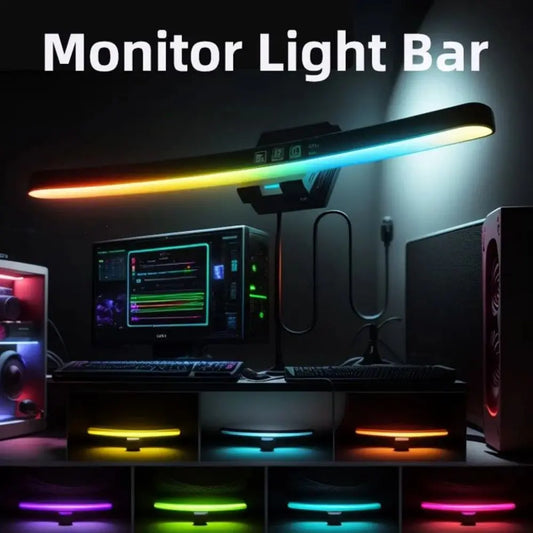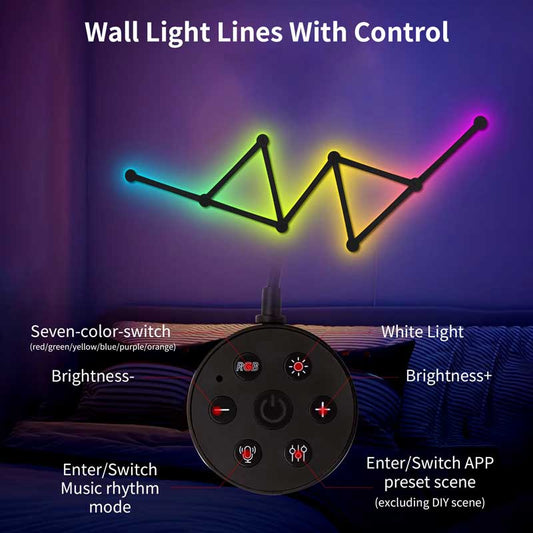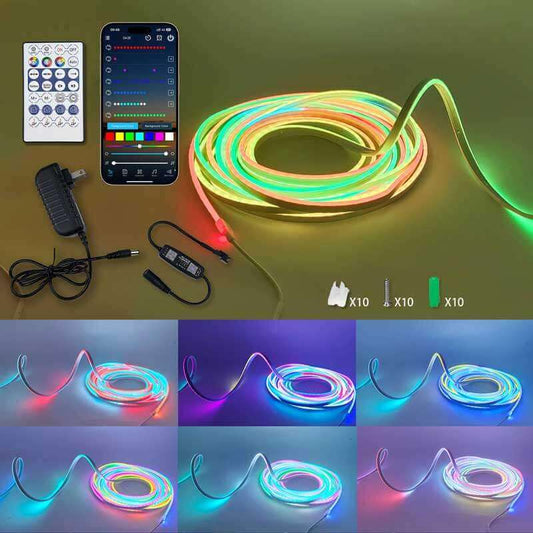How do I give my plants enough light?
Share
Giving your plants enough light is crucial for their health and growth. Light is one of the key factors that plants need for photosynthesis, the process by which they make food. Depending on your plant's needs and your indoor or outdoor setup, there are several strategies you can use to ensure your plants receive adequate light. Here's a guide to help you provide the right light for your plants:
1. Know Your Plant's Light Requirements
Different plants have different light needs. Here’s a basic breakdown:
- Full Sun: Plants that require full sun (e.g., succulents, tomatoes, and many herbs) need 6 or more hours of direct sunlight per day.
- Partial Sun/Partial Shade: These plants (e.g., lettuce, spinach, and some flowers) need 3-6 hours of light, preferably with some shade in the afternoon.
- Low Light: Plants like ferns, peace lilies, and snake plants thrive in low-light conditions, often requiring indirect or filtered light for a few hours each day.
2. Natural Light
Positioning for Maximum Sun Exposure
- Windowsill: Place sun-loving plants near windows that get plenty of sunlight. South-facing windows are typically the best for maximum light, especially in the Northern Hemisphere.
- East/West-Facing Windows: East-facing windows get the morning sun (gentler), while west-facing windows get the afternoon sun (stronger).
- Avoid Obstructions: If you have trees or buildings that block sunlight, your plants may not get enough light. Consider relocating them to brighter spots if possible.
Use Reflective Surfaces
- Mirrors or Light-colored Walls: Use mirrors or light-colored surfaces to reflect sunlight into shady spots. This can help distribute light more evenly across your garden or room.
- Garden Walls: Outdoors, consider using a white or reflective garden wall to bounce light onto plants.
3. Supplement with Artificial Lighting
If natural light is insufficient or if you’re growing plants indoors without adequate sunlight, you can supplement with artificial lights. Here are some options:
Types of Grow Lights
- LED Grow Lights: Energy-efficient and available in full-spectrum designs to mimic natural sunlight. These are ideal for indoor plants and can be customized for specific plant needs.
- Fluorescent Grow Lights: These are commonly used for smaller plants or seedlings. They are less efficient than LED but still a good option for low-light conditions.
- Incandescent Lights: These aren’t ideal for plants, as they emit a lot of heat and very little useful light for growth. They should be avoided for plant lighting.
- Halide or Sodium Vapor Lights: These are excellent for larger setups or outdoor grow areas. They’re usually used by commercial growers.
Choosing the Right Light Spectrum
- Blue Light: Promotes vegetative growth, ideal for leafy plants.
- Red Light: Supports flowering and fruiting, which is beneficial for fruiting plants like tomatoes or peppers.
- Full Spectrum: Mimics natural sunlight, promoting balanced growth for all types of plants.
4. Use Grow Light Fixtures
To ensure your indoor plants get adequate light, here are some options for fixtures:
- Hanging Grow Lights: Hanging grow lights are great for placing above plants, especially in larger containers or indoor gardens.
- Clamp-on Lights: These lights can be clipped to shelves or pots, providing focused light on individual plants.
- Grow Light Panels or Strips: These are convenient for providing broad-spectrum light over multiple plants, especially for shelving systems or small indoor gardens.
5. Consider Light Duration
Plants need a specific amount of light each day. The amount of time depends on the type of plant:
- Full-Sun Plants: These plants generally need 12-16 hours of light per day. Consider using a timer for grow lights to provide consistent exposure.
- Shade Plants: These plants may only need around 4-6 hours of light per day.
- Low Light Plants: These plants often thrive with only a few hours of indirect light each day, and they can do well in shaded corners or rooms with filtered sunlight.
6. Monitor Light Intensity
You can measure the light intensity in your space using a light meter. This will help you determine if your plants are getting the light they need. For most indoor plants:
- Bright Light: 2000+ lux
- Medium Light: 1000-2000 lux
- Low Light: Below 1000 lux
7. Use Timers and Dimmers for Grow Lights
For consistency, consider using a timer to ensure your plants get the right amount of light each day. You can also use dimmers to adjust light intensity based on plant needs, especially when using artificial lighting.
8. Consider Reflective or Diffused Light
If your space has too much direct sunlight or if it’s too harsh for delicate plants, you can diffuse the light using curtains, white cloths, or special diffusing sheets to create softer, more even lighting.
Tips for Specific Types of Plants
- Succulents and Cacti: These plants love bright, direct sunlight and should be placed in areas where they can get 6+ hours of sunlight per day, such as near a south-facing window.
- Ferns and Pothos: These plants prefer lower light conditions. They will thrive in indirect or filtered sunlight.
- Flowers and Vegetables: Most flowering plants and vegetables require full sun (6+ hours), but during the heat of summer, they may benefit from afternoon shade to prevent sunburn.
Top Products for Plant Lighting
If you need artificial lighting, here are some products you can consider:
-
- Price: $29.99
- Features: Adjustable spectrum, customizable settings for different growth stages, smart app control.
- Why Choose: Full spectrum light suitable for all plant types.
-
- Price: $49.95
- Features: Compact and efficient LED system, great for small indoor gardens.
- Why Choose: Ideal for herbs, lettuce, and other small plants indoors.
-
- Price: $49.99
- Features: Full spectrum, energy-efficient, suitable for larger plant setups.
- Why Choose: Perfect for indoor gardening or hydroponic systems.
-
- Price: $26.99
- Features: Dual switch for seedling and flowering stages, energy-efficient.
- Why Choose: Great for growing vegetables and flowers indoors.
By understanding your plant's light requirements and using the right light sources, you can help them grow healthy and strong. Whether you rely on natural sunlight, supplement with grow lights, or use a combination of both, providing adequate light is essential for your plants to thrive.




